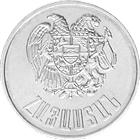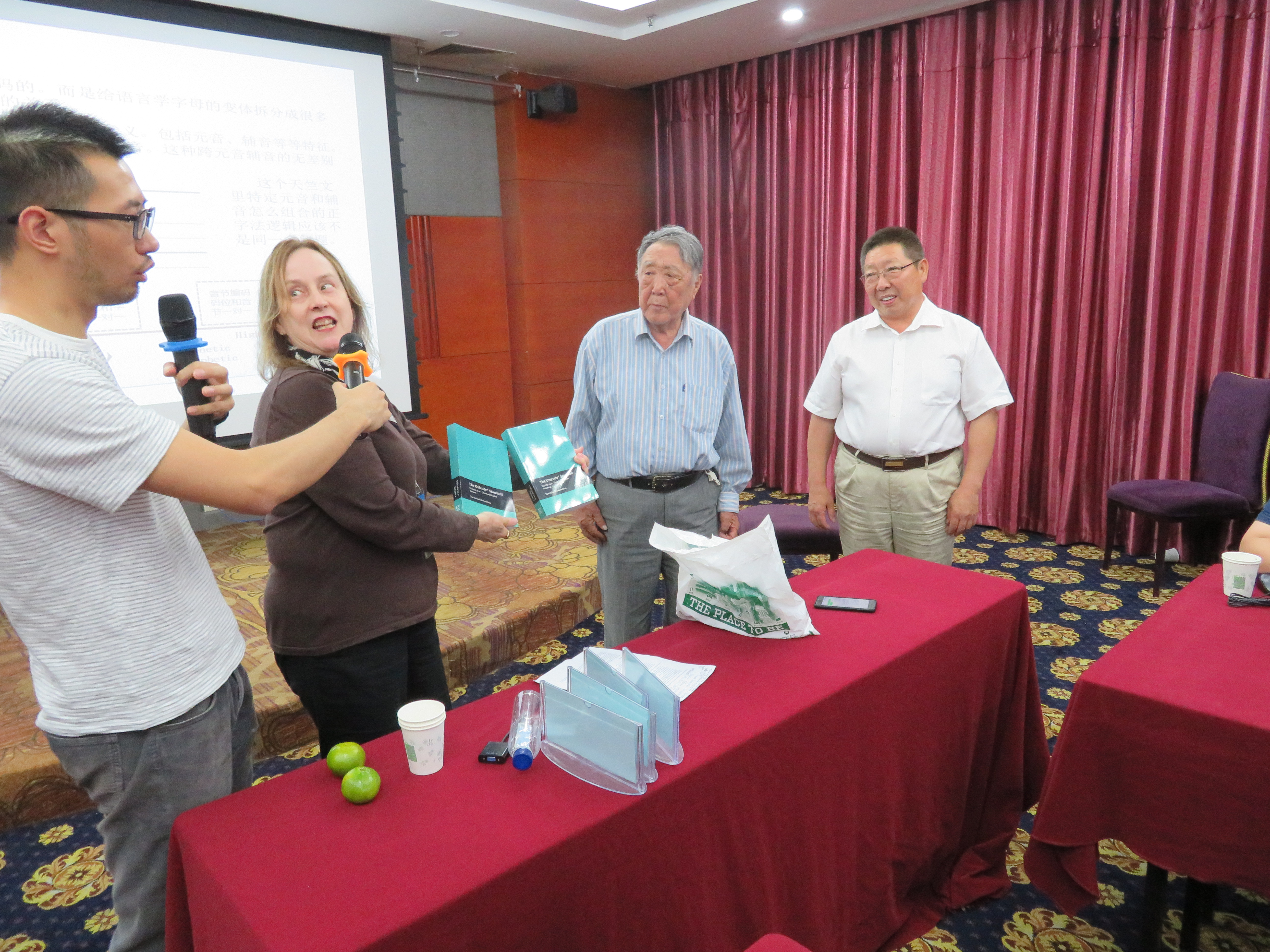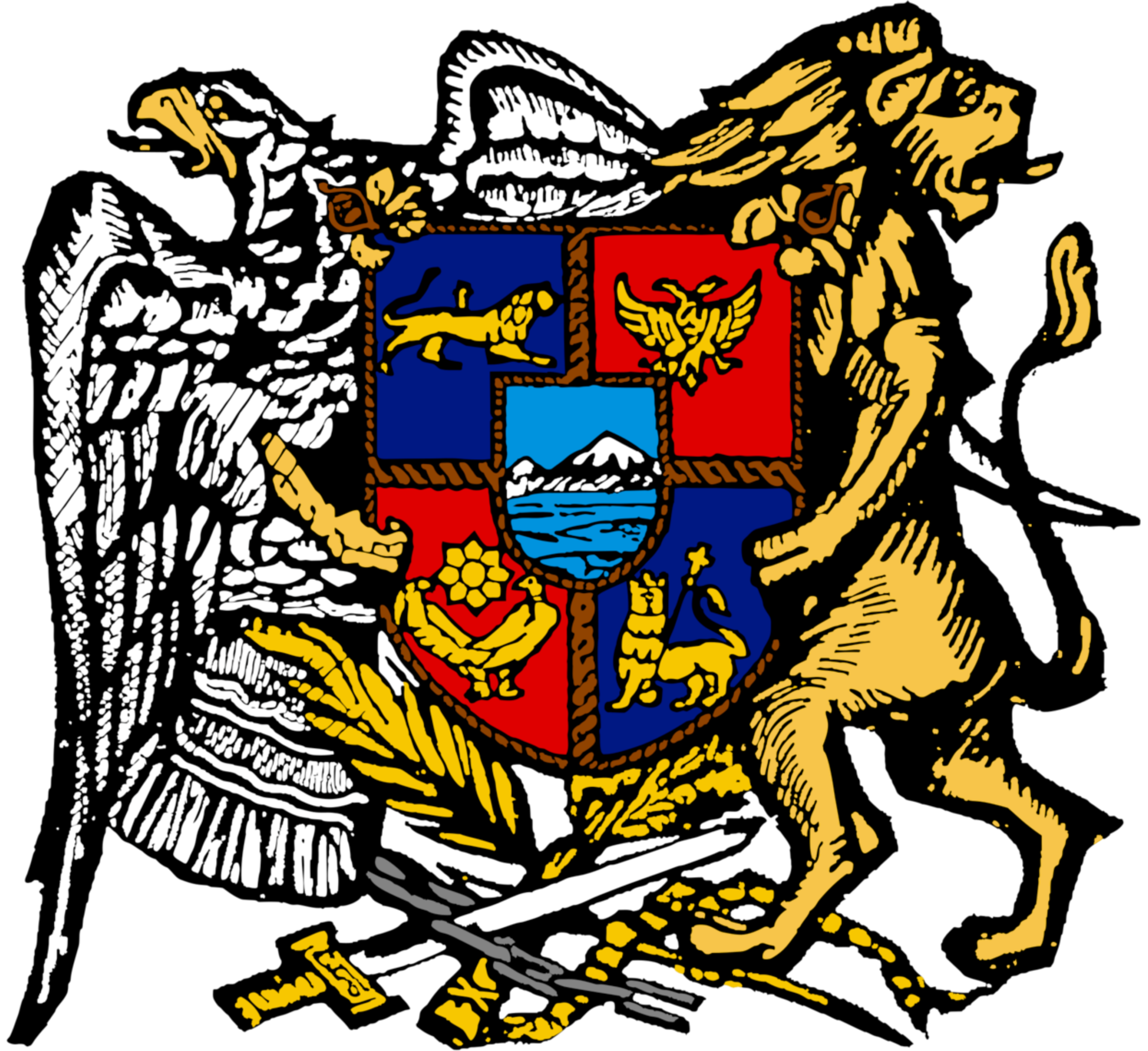|
Armenian Dram
The Armenian dram (; Armenian dram sign, sign: ֏; abbreviation: դր.; ISO 4217, ISO code: AMD) is the currency of Armenia. It was historically subdivided into 100 luma (). The Central Bank of Armenia is responsible for issuance and circulation of dram banknotes and coins, as well as implementing the monetary policy of Armenia. The word ''dram'' means "money" and is cognate with the Greek Modern drachma, drachma and the Arabic dirham, as well as the English weight unit Dram (unit), dram. History The first instance of a "dram" currency was in the period from 1199 to 1375, when silver coins called ''dram'' or ''tram'' were issued. Dram or Takvorin coinage would periodically continue to be produced for some time until the loss of Armenia's independence. The establishment of Russian Armenia saw the adoption of the Imperial ruble, followed by a series of attempts to localize the Russian ruble under the Soviet Union and Commonwealth of Independent States (CIS). On 21 September 199 ... [...More Info...] [...Related Items...] OR: [Wikipedia] [Google] [Baidu] |
Central Bank Of Armenia
The Central Bank of Armenia () is the central bank of Armenia with its headquarters in Yerevan. The CBA is an independent institution responsible for issuing all banknotes and coins in the country, overseeing and regulating the banking sector and keeping the government's currency reserves. The CBA is also the sole owner of the Armenian Mint. The bank is engaged in policies to promote financial inclusion and is a member of the Alliance for Financial Inclusion. On July 3, 2012, the Central Bank of Armenia announced it would be making specific commitments to financial inclusion under the Maya Declaration. On September 28, 2012, at the Global Policy Forum 2012, the bank made an additional commitment under the Maya Declaration to encourage the roll-out of private sector products that respond to the needs of the poor, with an emphasis on innovative channels like mobile and electronic money. And to also implement a swift, effective, and free complaint-handling system via the financial ... [...More Info...] [...Related Items...] OR: [Wikipedia] [Google] [Baidu] |
Armenia
Armenia, officially the Republic of Armenia, is a landlocked country in the Armenian Highlands of West Asia. It is a part of the Caucasus region and is bordered by Turkey to the west, Georgia (country), Georgia to the north and Azerbaijan to the east, and Iran and the Azerbaijani exclave of Nakhchivan Autonomous Republic, Nakhchivan to the south. Yerevan is the Capital city, capital, largest city and Economy of Armenia, financial center. The Armenian Highlands has been home to the Hayasa-Azzi, Shupria and Nairi. By at least 600 BC, an archaic form of Proto-Armenian language, Proto-Armenian, an Indo-European languages, Indo-European language, had diffused into the Armenian Highlands.Robert Drews (2017). ''Militarism and the Indo-Europeanizing of Europe''. Routledge. . p. 228: "The vernacular of the Great Kingdom of Biainili was quite certainly Armenian. The Armenian language was obviously the region's vernacular in the fifth century BC, when Persian commanders and Greek writers ... [...More Info...] [...Related Items...] OR: [Wikipedia] [Google] [Baidu] |
Armenian Alphabet
The Armenian alphabet (, or , ) or, more broadly, the Armenian script, is an alphabetic writing system developed for Armenian and occasionally used to write other languages. It is one of the three historical alphabets of the South Caucasus. It was developed around 405 AD by Mesrop Mashtots, an Armenian linguist and ecclesiastical leader. The script originally had 36 letters. Eventually, two more were adopted in the 13th century. In reformed Armenian orthography (1920s), the ligature is also treated as a letter, bringing the total number of letters to 39. The Armenian word for 'alphabet' is ('), named after the first two letters of the Armenian alphabet: ' and '. Armenian is written horizontally, left to right. History and development Possible antecedents One of the classical accounts of the existence of an Armenian alphabet before Mesrop Mashtots comes from Philo of Alexandria (20 BCAD 50), who in his writings notes that the work of the Greek philosoph ... [...More Info...] [...Related Items...] OR: [Wikipedia] [Google] [Baidu] |
Unicode Consortium
The Unicode Consortium (legally Unicode, Inc.) is a 501(c)(3) non-profit organization incorporated and based in Mountain View, California, U.S. Its primary purpose is to maintain and publish the Unicode Standard which was developed with the intention of replacing existing character encoding schemes that are limited in size and scope, and are incompatible with multilingual environments. Unicode's success at unifying character sets has led to its widespread adoption in the internationalization and localization of software. The standard has been implemented in many technologies, including XML, the Java programming language, Swift, and modern operating systems. Members are usually but not limited to computer software and hardware companies with an interest in text-processing standards, including Adobe, Apple, the Bangladesh Computer Council, Emojipedia, Facebook, Google, IBM, Microsoft, the Omani Ministry of Endowments and Religious Affairs, Monotype Imaging, Netflix, Sales ... [...More Info...] [...Related Items...] OR: [Wikipedia] [Google] [Baidu] |
Caucasus Research Resource Centers-Armenia
The Caucasus Research Resource Centers program (CRRC) is a network for training, research, support and resource centers. The network was established from 2002 onwards in the capitals of Georgia, Armenia and Azerbaijan, in partnership with the Carnegie Corporation of New York, the Eurasian Partnership Foundation, USAID and local universities. The CRRC aims to enhance social science and public policy research in the Southern Caucasus region. The program builds a network of scholars, researchers, and practitioners who can improve their research skills and methods, and collaborate with the regional research community. The CRRC’s regional office supports the country-based centers in forming partnerships among regional scholars, policy practitioners, and social science research professionals, as well as with governmental and non-governmental sectors. In 2004, CRRC began the largest coordinated data collection effort in the South Caucasus The South Caucasus, also known as Trans ... [...More Info...] [...Related Items...] OR: [Wikipedia] [Google] [Baidu] |
Currency Symbol
A currency symbol or currency sign is a graphic symbol used to denote a currency unit. Usually it is defined by a monetary authority, such as the national central bank for the currency concerned. A symbol may be positioned in various ways, according to national convention: before, between or after the numeric amounts: , and . Symbols are neither defined nor listed by international standard ISO 4217, which only assigns three-letter codes. Usage When writing currency amounts, the location of the symbol varies by language. For currencies in English-speaking countries and in most of Latin America, the symbol is placed before the amount, as in . In most other countries, including many in Europe and Canada (when using French), the symbol is placed after the amount, as in . Exceptionally, the symbol for the Cape Verdean escudo (like the Portuguese escudo, to which it was formerly pegged) is placed in the decimal separator position, as in . CV's most recent coin issue is the 200$ ... [...More Info...] [...Related Items...] OR: [Wikipedia] [Google] [Baidu] |
Currency Of Armenia
This article provides a historical summary of the currencies and monetary units of the country of Armenia throughout its history, in addition to the Armenian regions of the Russian Empire and Transcaucasian SSR and the majority-Armenian but internationally unrecognized Republic of Artsakh. List of currencies of Armenia Past and present currencies used in Armenia include: * ''Dram'' coinsSmbat Minasyan, ''Armenian Coins – History of Armenian coinage – Ancient, Medieval, Modern''Armenian History/ref> * ''Takvorin'' coins * First Transcaucasian ruble * Armenian ruble * Second Transcaucasian ruble * Soviet ruble * Russian ruble ( CIS monetary union)Pomfret, Richard (2001). The IMF and the Rouble Zone. Available at: http://www.readcube.com/articles/10.1057/ces.2002.17 * Armenian dram ** Luma, 1/100 of a dram * Artsakh dram History The first instance of a "dram" currency (, lit. "money") was in the period from 1199 to 1375, when silver coins called ''dram'' or ''tram'' were issu ... [...More Info...] [...Related Items...] OR: [Wikipedia] [Google] [Baidu] |
Central Bank Visitor Centre (Armenia)
The Central Bank Visitor Centre () is a Centre and an interactive museum in Yerevan, Armenia dedicated to the activities of the Central Bank of Armenia, the monetary policy of Armenia, and the history of money. The museum was opened on 20 September 2011. It is located in the historic building of the Central Bank and occupies 2 floors. Exhibitions Exhibition resources include 24 static displays, 2 interactive zones – a laboratory for checking notes and coins, an automated teller machine, 2 sets of multimedia games, a movie on the history of the national currency, 2 movies on the history and activities of the Central Bank, cartoon films about price stability and financial system's operations, and thematic video-clips. Historical exhibition In the historical section of the exhibition, the history of money circulation is presented, starting with the pre-money era and the first Armenian coins of the Kingdoms of Kingdom of Sophene, Sophene and Kingdom of Commagene, Commagene, the c ... [...More Info...] [...Related Items...] OR: [Wikipedia] [Google] [Baidu] |
Coat Of Arms Of Armenia
The national coat of arms of Armenia () was adopted on April 19, 1992, by resolution of the Armenian Supreme Council. On June 15, 2006, the National Assembly (Armenia), Armenian Parliament passed the law on the state coat of arms of Armenia. It consists of an eagle (heraldry), eagle and a lion (heraldry), lion supporting a shield. The coat of arms combines new and old symbols. The eagle and lion are ancient Armenian symbols dating from the first Armenian kingdoms that existed prior to Christ (title), Christ. These symbols are found on the Armenian Highlands, Armenian Highland from times immemorial. Numerous Armenian dynasties such as Artaxiad dynasty, Artaxiad, Arsacid dynasty of Armenia, Arsacid, Bagratuni dynasty, Bagratuni and Rubenids, Rubenid, used these symbols as their royal insignia. Like other post-Soviet republics whose symbols do not predate the October Revolution, the current emblem retained one component of the Soviet one such as the Mount Ararat on the shield. Prior ... [...More Info...] [...Related Items...] OR: [Wikipedia] [Google] [Baidu] |
Armenian State University Of Economics
The Armenian State University of Economics (ASUE) () is a state-owned university of economics in Yerevan, the capital Armenia, founded in 1975. History The faculty of Economics within the Yerevan State University was founded in 1930. In 1975 it was formed as an independent unit named Yerevan Institute of National Economy, and later as Yerevan State University of Economics. In 1995 the university launched the new academic year in a new building at Nalbandyan 128. Only one of the departments is in Zeitun District. In 2006 the university was renamed Armenian State University of Economics, a state non-commercial organization. About 30.000 alumni have graduated from the university. Six departments of the university have a total of 31 chairs (21 professional and 10 non-professional). There are one Corresponding Member of the National Academy of Sciences of Armenia, 35 Doctors of Sciences, Professors, 141 Doctors, Associate Professors, 87 Assistant Professors, 103 lecturers and mare ... [...More Info...] [...Related Items...] OR: [Wikipedia] [Google] [Baidu] |



